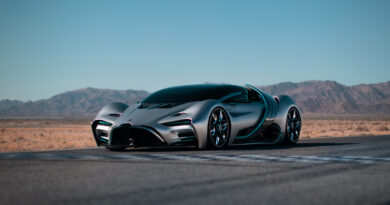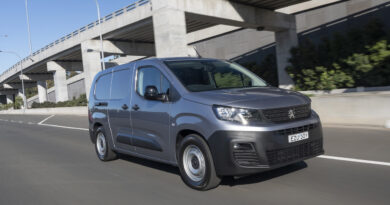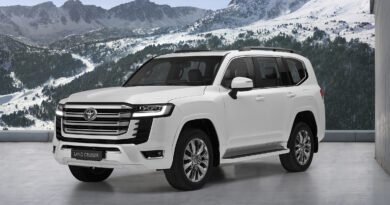No Range Rover Velar PHEV for Australia until we get government incentives
If you want to buy a Range Rover one thing you’re never short of is choice. Unless, of course, you fancy a plug-in version.
You can lose days of your life traipsing through every different engine and grade variant of the Evoque, Sport, Velar and full-fat Range Rover, but when the updated 2021 Velar arrives in Australia in March next year, we miss out on the plug-in hybrid variant.

While Land Rover UK proudly claims “The Range Rover family is now fully electrified,” we sadly can’t say the same Down Under. And Land Rover Australia isn’t shy in explaining why: it’s our tardy, non-EV incentivising government.
“We’re not considering the Velar P400e (PHEV) as there are no incentives in Australia for EVs or PHEVs like there are in the UK and Europe,” said James Scrimshaw, PR Manager at Land Rover Australia.
“The pricing is not where we want it to be, so it’s not included in our line-up at this point in time. If government incentives are introduced in Australia, we will reconsider.”
In the UK, buyers of full electric or plug-in hybrid cars may be eligible for the Plug-in Car Grant (PiCG), giving a cash incentive depending on CO2 emissions (g/km) and how far a car can travel without emitting CO2. The government also helps out with the cost of installing a home wall charger.
The Velar PHEV however doesn’t qualify for the PiCG due to it not being able to travel 70 miles (113km) without emitting CO2. Its maximum all-electric range is 53km.
Their specification make a strong case, but the PHEV variants are the priciest in each trim in the UK’s Velar model range.
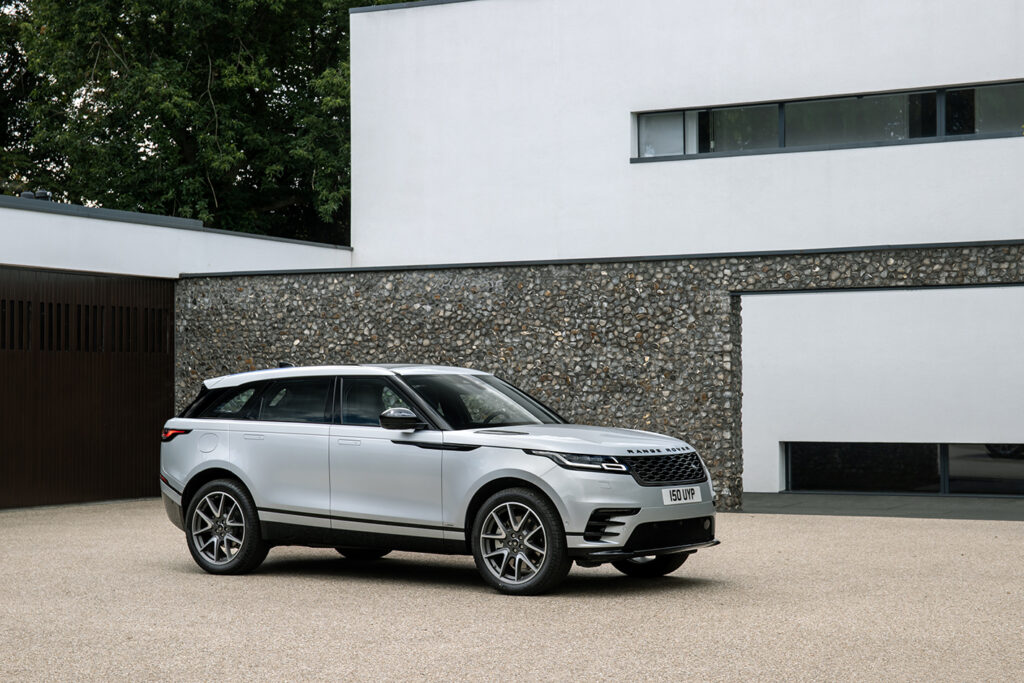
On sale locally now are plug-in versions of the Range Rover Vogue ($211,000) and Range Rover Sport P400e (from $134,000), but the business case was easier for these being either a very high-dollar vehicle (Vogue) or the company’s Australian volume seller (Sport).
The striking-looking Velar large SUV’s had a rocky year on the sales front, shifting only about half of what it managed by this month in 2019. This may account for some of the reticence in bringing a plug-in version to Australia next year.
So what are we missing out on? Europeans are scoring the Velar P400e with an all-electric range of 53km and CO2 emissions of 49g/km. It uses a 2.0-litre four-cylinder petrol engine and 105kW electric motor, giving a combined 297kW and 640Nm. The result is a 0-100km/h time of just 5.4-seconds.

There’s a 17.1Wh lithium-ion battery housed under the boot floor with a DC fast charger charge time of 30 minutes to reach 80 percent. The same charge is attained in 1 hour 40 minutes using a standard 7kW wallbox.
While the inbound 2021 Australia Velars can’t match the European PHEV’s impressive figures, mild compensation comes with the introduction to our market of two new Mild Hybrid (MHEV) engines.
These feature 48-volt mild hybrid technology to reduce fuel consumption by harvesting energy usually lost when decelerating. This is stored in a 48V lithium-ion battery located beneath the boot. The energy is then redeployed when accelerating away.
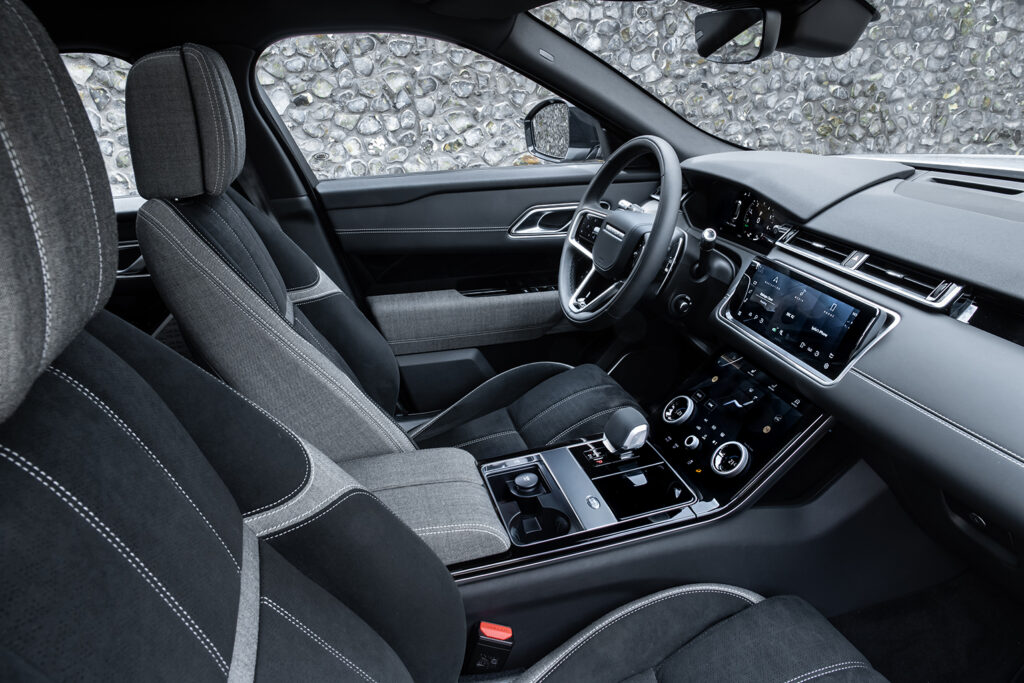
Mr Scrimshaw said he expected the entry-level petrol P250 Velars to prove most popular in the revised Australian range, these 184kW/365Nm versions starting from $87,000.
The petrol P400 MHEV with 294kW/550Nm (from $117,000) should be the next favourite followed by the 150kW/430Nm D200 MHEV (from $96,000) completing the line-up.


